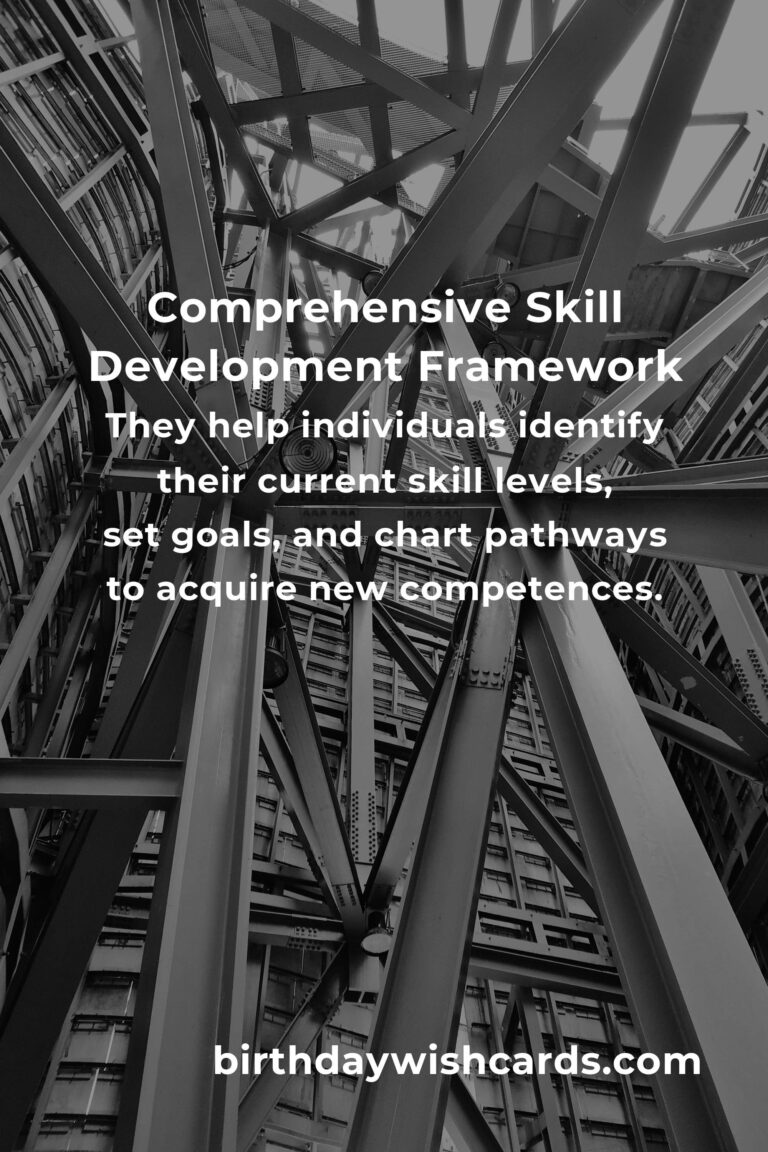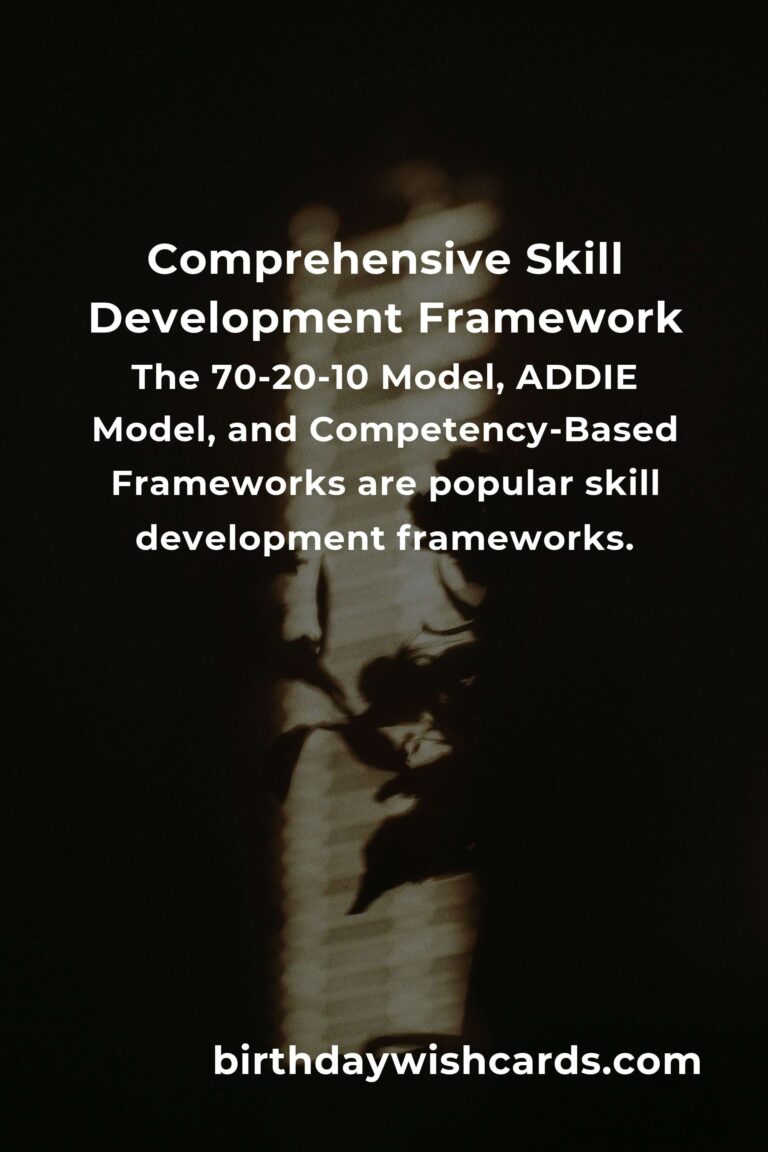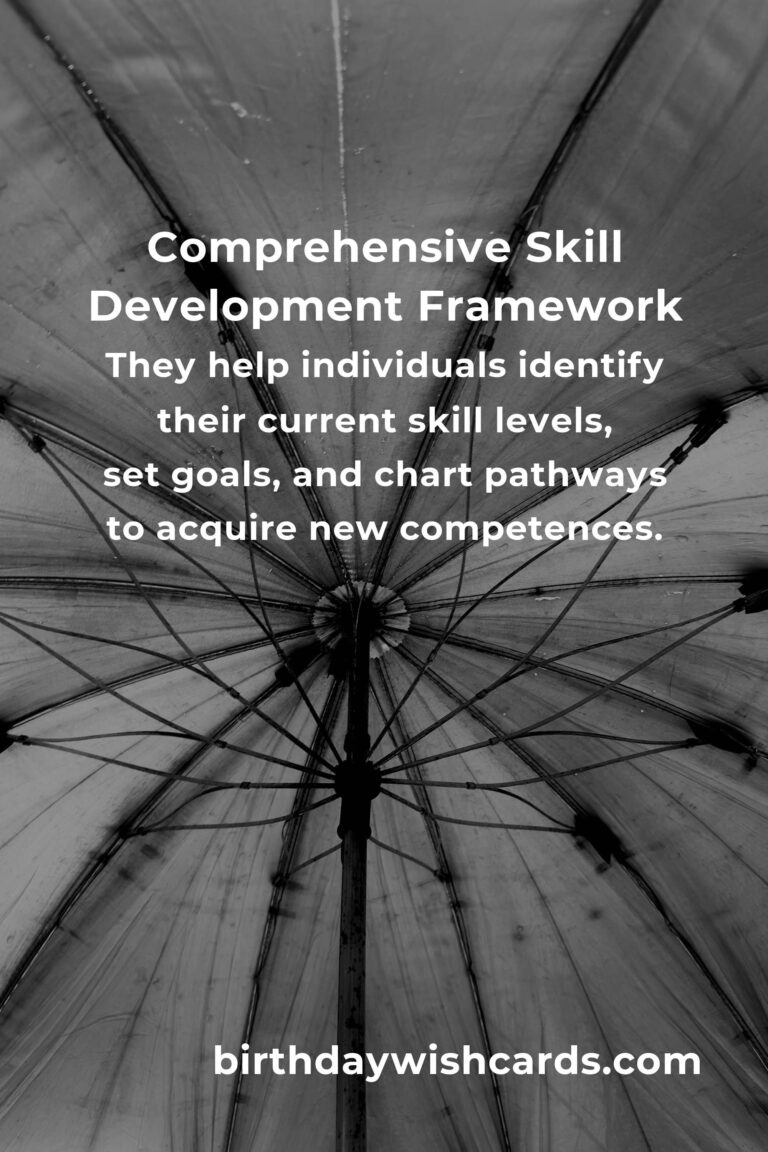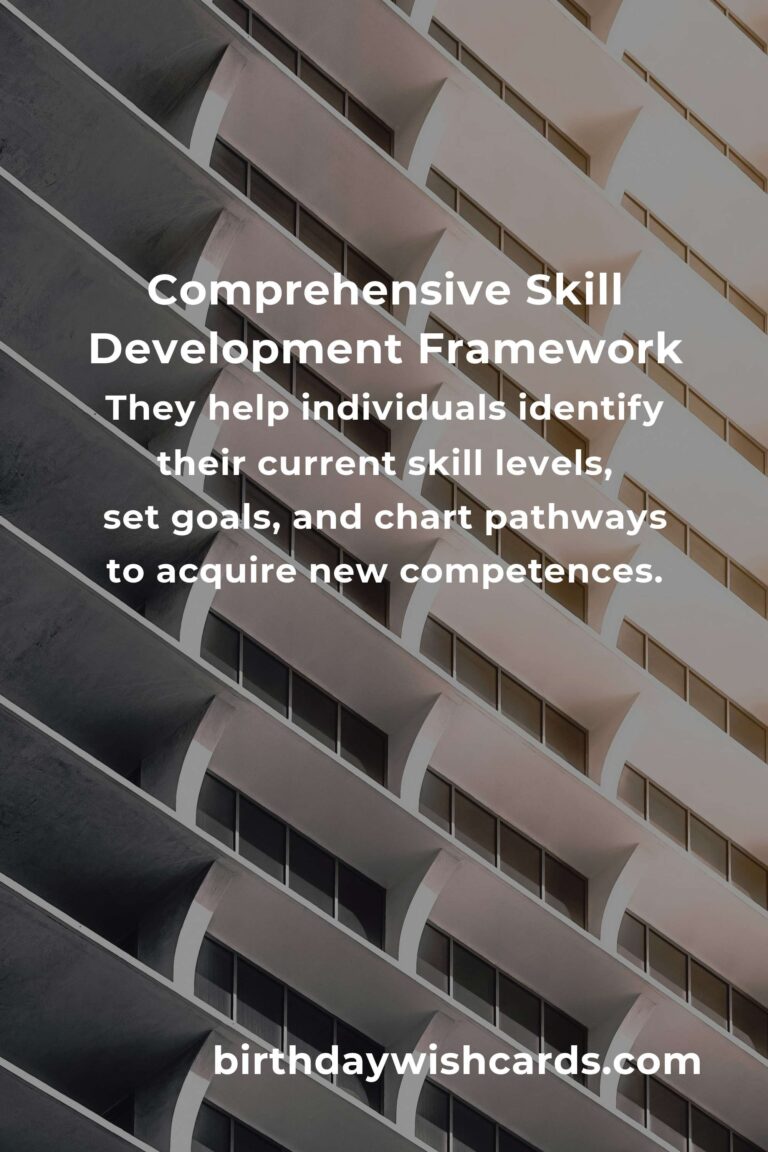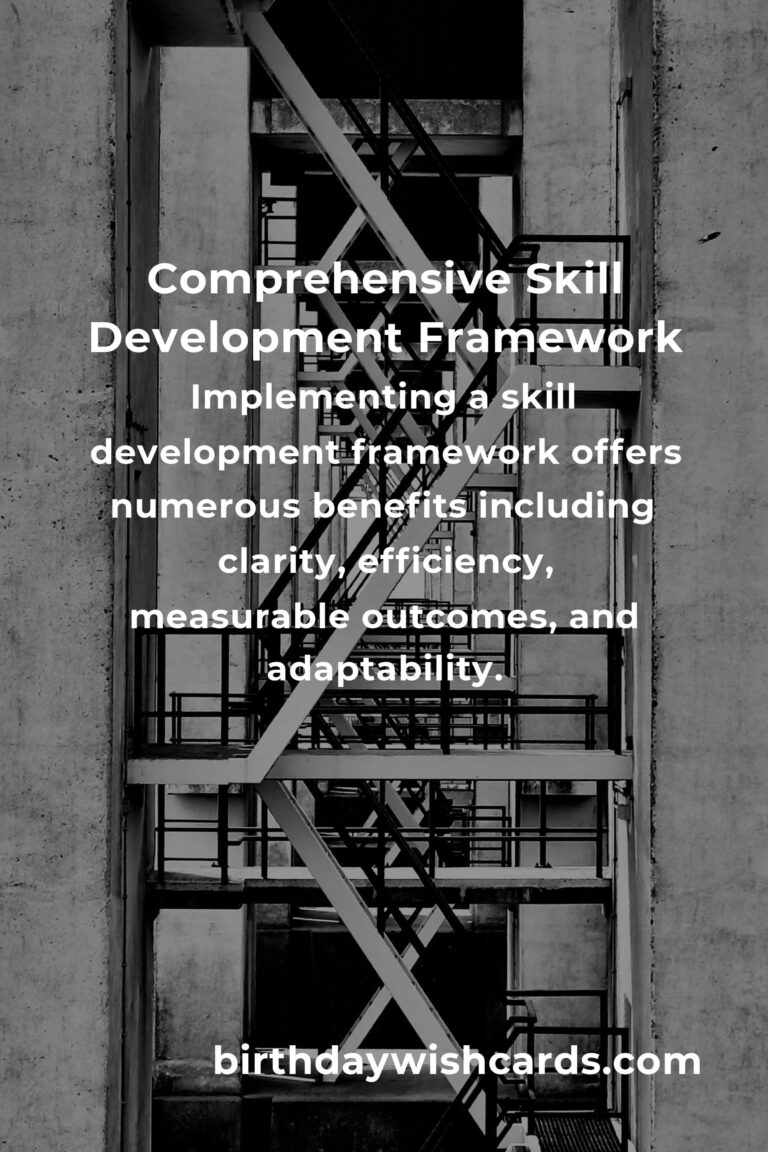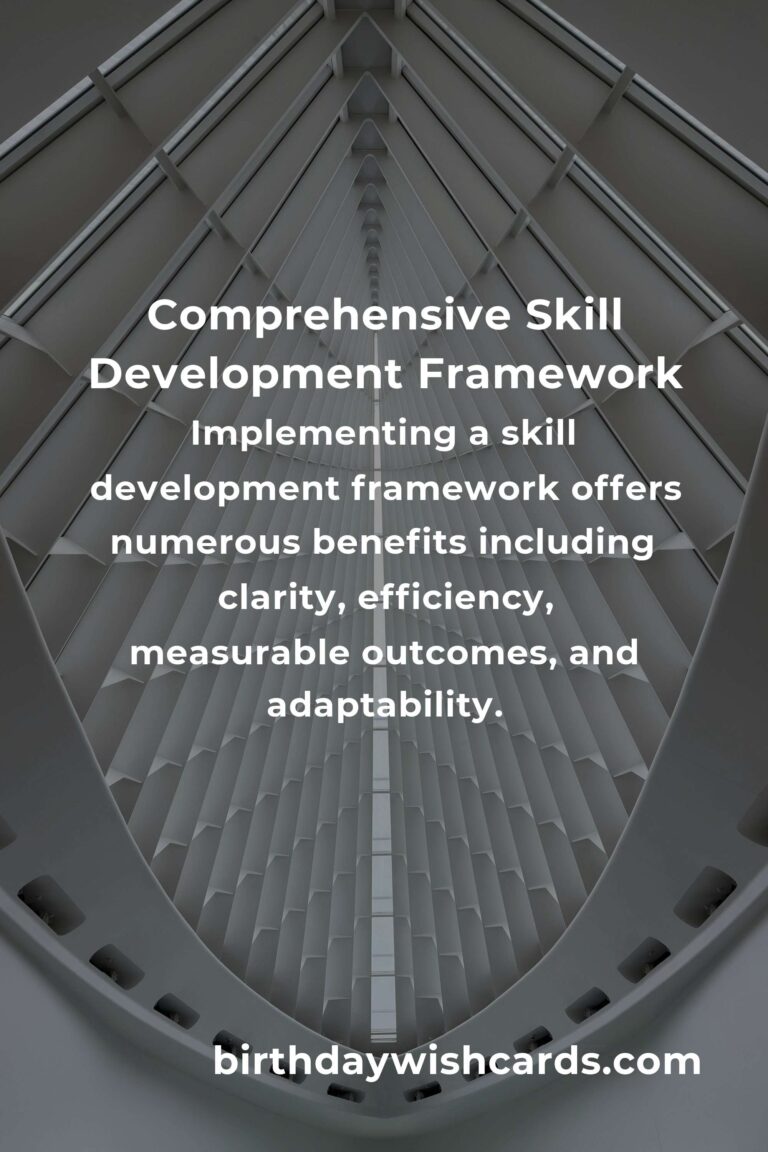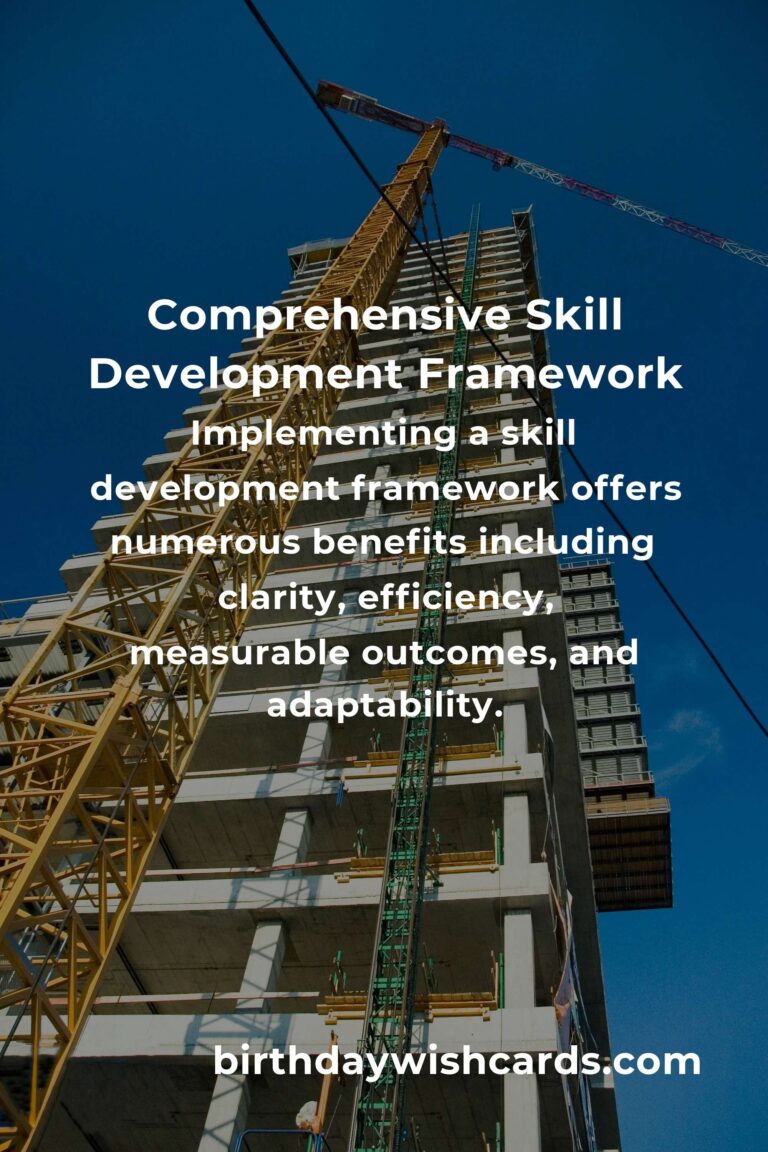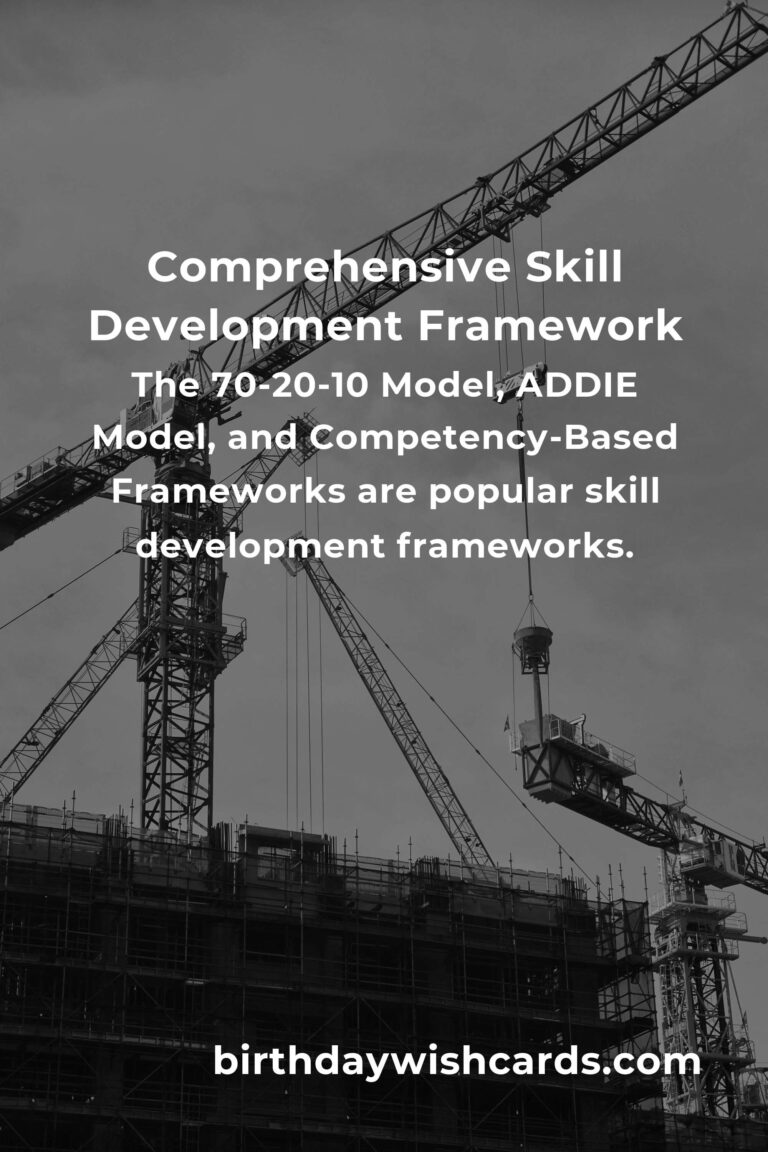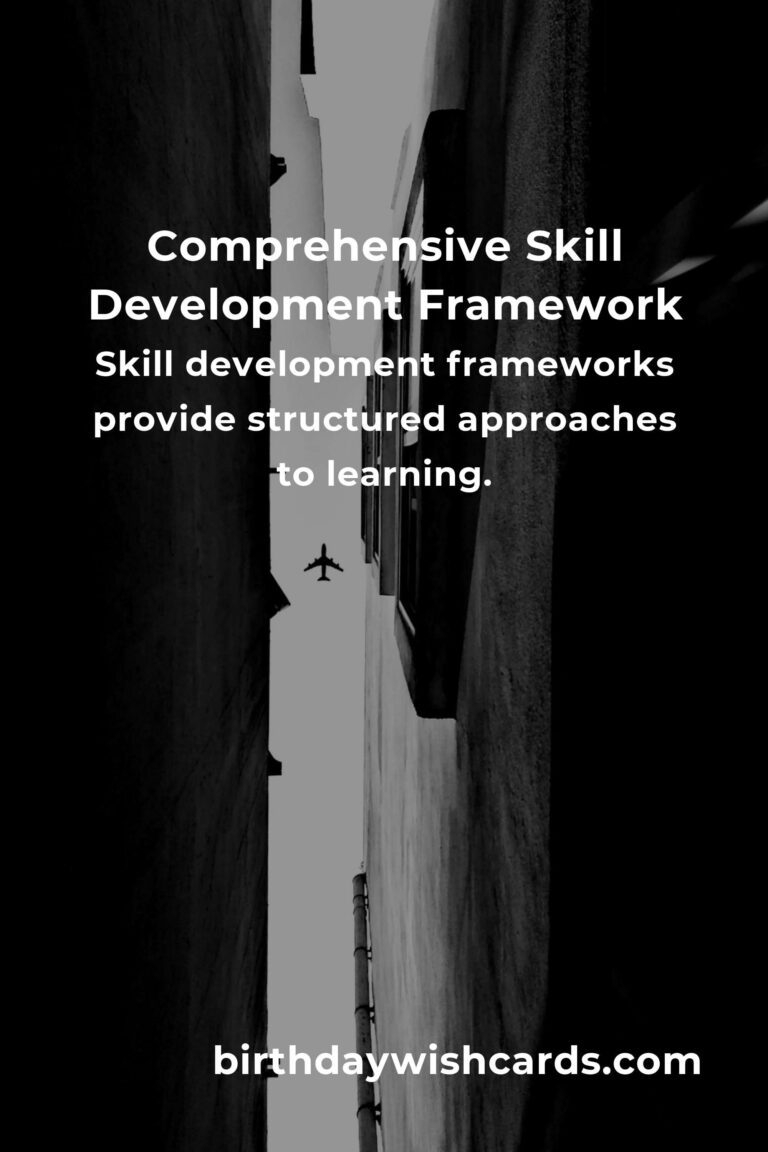
In today’s rapidly evolving world, the ability to develop and enhance skills efficiently is more crucial than ever. Skill development frameworks provide structured approaches to learning, enabling individuals and organizations to systematically build competencies that are relevant and impactful.
What Are Skill Development Frameworks?
Skill development frameworks are structured methodologies or models that guide the process of learning and development. They help individuals identify their current skill levels, set goals, and chart pathways to acquire new competences. These frameworks can be tailored to personal growth, professional development, or organizational training programs.
Frameworks often include various components such as assessment tools, learning resources, and evaluation metrics. They are designed to be flexible and adaptable, allowing learners to progress at their own pace while ensuring comprehensive skill acquisition.
Benefits of Using Skill Development Frameworks
Implementing a skill development framework offers numerous benefits. These include:
- Clarity and Focus: Frameworks provide a clear path and focus for learning, helping individuals prioritize their learning objectives.
- Efficiency: By structuring the learning process, frameworks help learners save time and resources.
- Measurable Outcomes: With defined goals and metrics, progress can be tracked systematically.
- Adaptability: Frameworks can be customized to meet the specific needs of learners or organizations.
Popular Skill Development Frameworks
There are numerous skill development frameworks available, each with its unique approach and methodologies. Some of the most popular ones include:
1. The 70-20-10 Model
This model is based on the principle that 70% of learning comes from on-the-job experiences, 20% from interactions with others, and 10% from formal educational events. It emphasizes experiential learning and the importance of feedback and social interaction.
2. The ADDIE Model
ADDIE stands for Analysis, Design, Development, Implementation, and Evaluation. This framework is often used in instructional design and provides a systematic approach to creating effective learning experiences.
3. Competency-Based Frameworks
These frameworks focus on defining specific competencies and skills required for a particular role or job. They are often used in professional settings to align training with organizational goals.
Implementing a Skill Development Framework
To successfully implement a skill development framework, consider the following steps:
1. Assess Current Skills
Begin by evaluating the current skill levels of individuals or teams. This can be done through self-assessments, peer reviews, or formal testing.
2. Define Goals and Objectives
Clearly outline the desired outcomes of the skill development initiative. Set specific, measurable, achievable, relevant, and time-bound (SMART) goals.
3. Develop a Plan
Create a detailed plan that includes learning activities, resources, and timelines. Ensure that the plan is flexible enough to adapt to changing needs.
4. Implement the Framework
Put the plan into action, providing support and resources as needed to facilitate learning. Encourage continuous feedback and adjust the plan based on learner progress.
5. Evaluate and Refine
Regularly assess the effectiveness of the framework and make improvements as necessary. Use evaluation data to refine the learning process and achieve better outcomes.
Conclusion
Skill development frameworks are invaluable tools for personal and professional growth. By providing structured pathways to learning, they enable individuals and organizations to effectively build and enhance their skills. Whether you’re looking to improve personal competencies or implement organizational training programs, skill development frameworks offer the guidance and support needed to achieve your learning goals.
By understanding and applying these frameworks, you can ensure that learning is purposeful, efficient, and aligned with your objectives.
Skill development frameworks provide structured approaches to learning. They help individuals identify their current skill levels, set goals, and chart pathways to acquire new competences. Implementing a skill development framework offers numerous benefits including clarity, efficiency, measurable outcomes, and adaptability. The 70-20-10 Model, ADDIE Model, and Competency-Based Frameworks are popular skill development frameworks. To implement a framework, assess current skills, define goals, develop a plan, implement, and evaluate.
#SkillDevelopment #LearningFrameworks #PersonalGrowth #ProfessionalDevelopment


